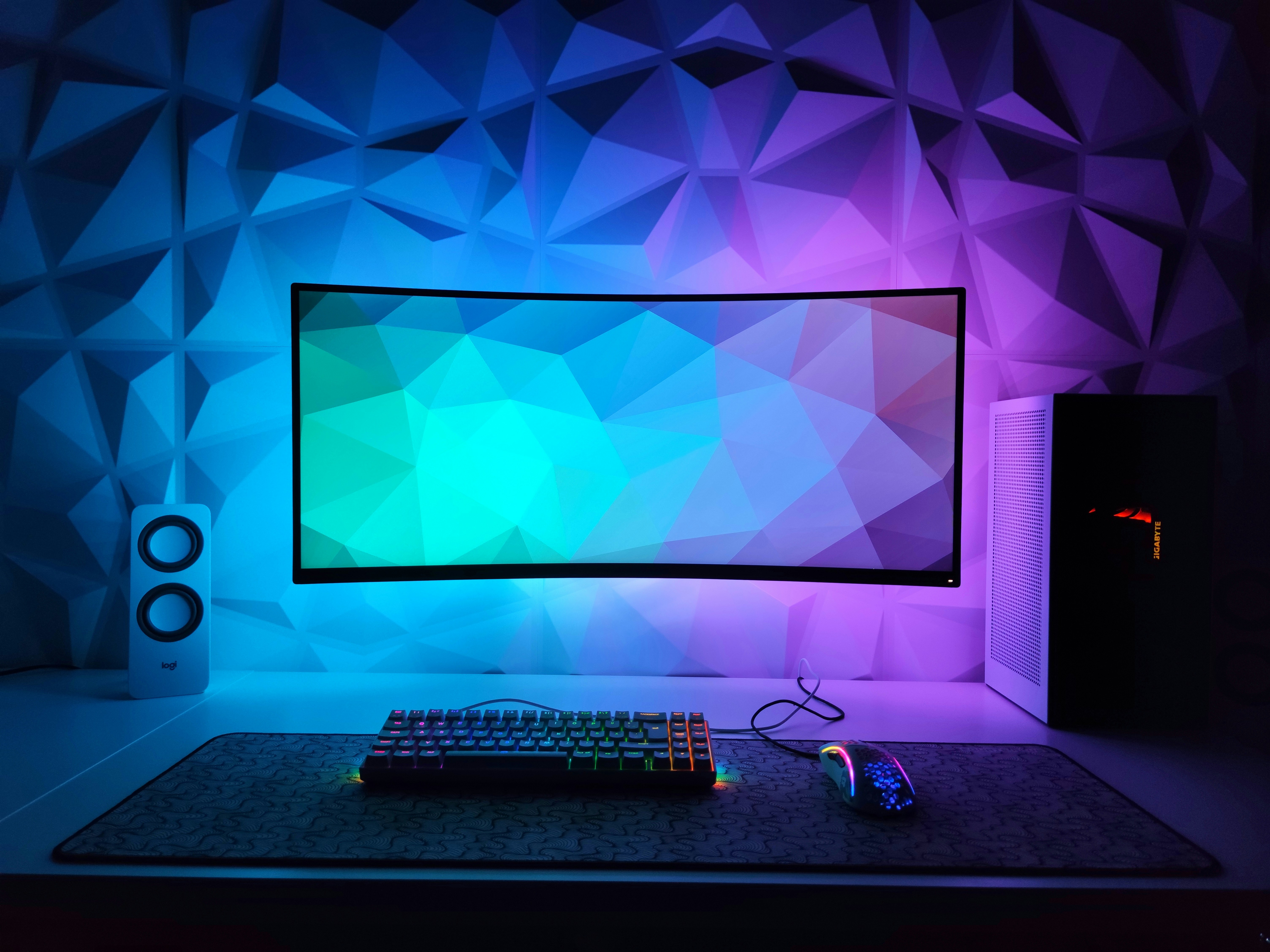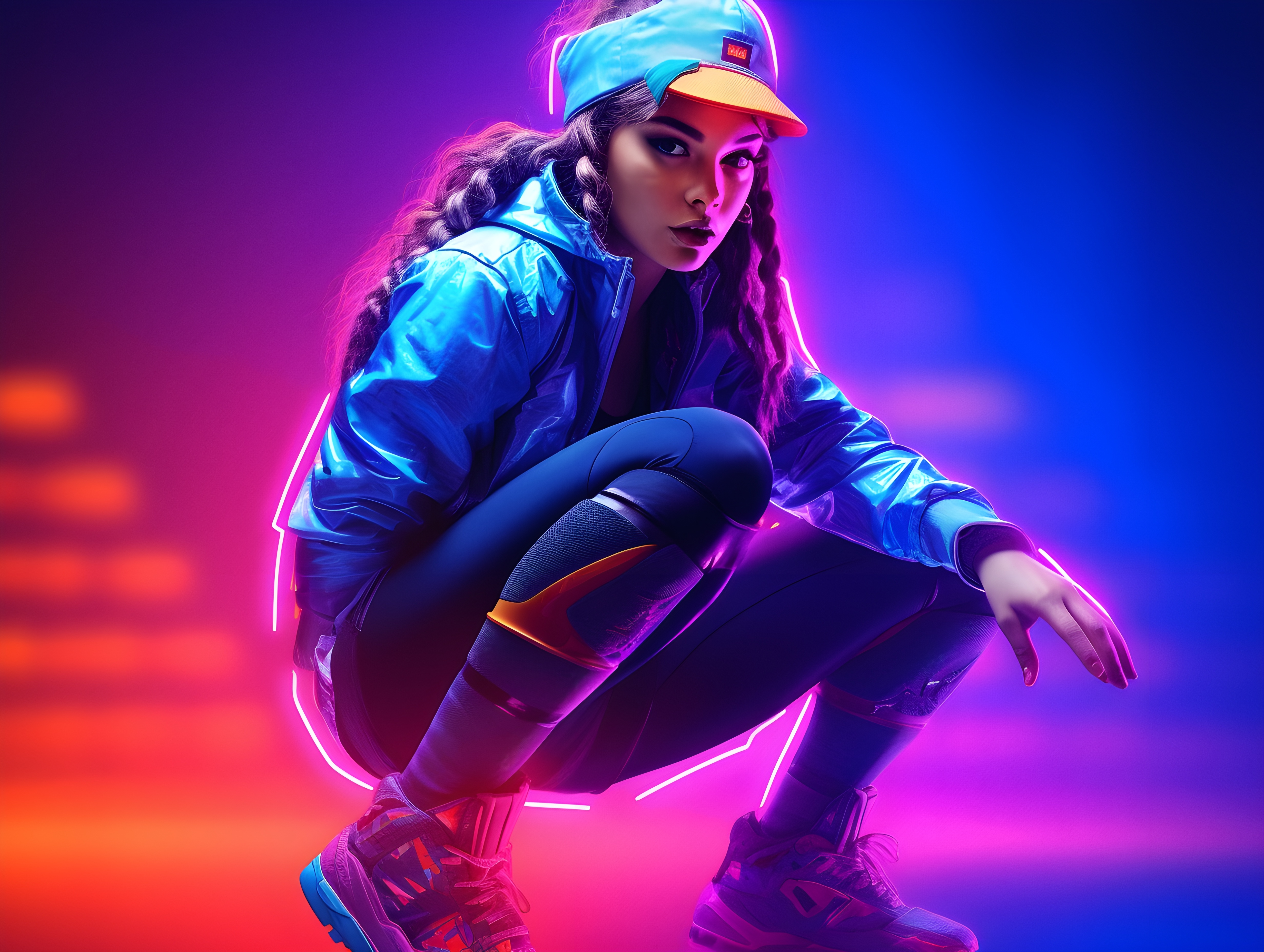What Are 3D Modeling and Sculpting: A Beginner's Guide
by WriteSeen
3D modeling and sculpting are techniques for creating and manipulating three-dimensional objects digitally.
- 3D modeling involves constructing digital representations using polygons and vertices, perfect for structured designs like architecture and product prototypes.
- 3D sculpting mimics traditional sculpting with a digital twist, allowing for detailed and organic shapes, ideal for character and visual effects in games and movies.
Explore these techniques further to enhance your creative projects.
Understanding 3D Modeling
3D modeling is a digital process of developing a mathematical representation of a three-dimensional object or shape. On a fundamental level, it involves defining an object's form using points, lines, and polygons to create a mesh. This intricate framework enables you to construct precise and robust 3D models for various applications.
What is 3D Modeling?
At its core, 3D modeling uses specialized software to manipulate polygonal shapes, which consist of vertices (points in space) and edges (lines connecting these vertices). When connected, these elements form faces – primarily triangles and quadrilaterals – building the surface of your 3D object. This technique proves invaluable in diverse fields, from architecture to gaming and beyond.
Applications of 3D Modeling
3D modeling serves as an essential tool across numerous industries:
-
Architecture: Visualizing a building in 3D before construction helps you identify potential structural issues. Software like Rhino enables architects to explore complex geometries safely and efficiently.
-
Gaming and Animation: In the gaming industry, 3D models form the backbone of stunning characters and immersive environments. Developers employ tools like 3ds Max and Maya for comprehensive world-building.
-
Product Design: In automotive design, for example, 3D modeling supports prototype creation and virtual testing. Companies like Tesla use these techniques to optimize vehicle designs before physical production.

Key Components of 3D Modeling
Understanding the following concepts is vital for successful 3D modeling:
- Polygons: The building blocks of 3D meshes, consisting of connected vertices.
- Wireframes: A skeletal representation that visualizes the raw structure of a model.
- Modifiers and Textures: Used to render realistic models through advanced surface detailing and coloring.
By mastering these components, you enhance your ability to create detailed, accurate, and visually compelling 3D models suited to your specific needs.
The Essentials of 3D Sculpting
While 3D modeling focuses on accuracy and structure, 3D sculpting adds a layer of creativity and expressiveness. Sculpting mimics the real-life sculpting process in a digital medium, giving you the freedom to craft intricate, organic forms.
What is 3D Sculpting?
3D sculpting involves manipulating a digital canvas akin to molding clay. This method allows you to apply virtual brushes to push, pull, smooth, and otherwise alter the digital material. This flexibility enables the creation of highly detailed and lifelike models, especially useful in artistic and character-based applications.
Applications of 3D Sculpting
3D sculpting is invaluable in areas where realism and fine details enhance the end-user experience:
-
Film and Visual Effects: Movies requiring detailed creatures and characters, like those in the Marvel Cinematic Universe, leverage sculpting tools to achieve realism.
-
Video Game Design: Sculpting helps create memorable characters with nuanced facial expressions and intricate costumes.
-
Concept Art and Illustration: Artists use sculpting software to transform imaginative visions into tangible designs for further development or presentation.
Advantages of 3D Sculpting
- Detail and Expression: Sculpting enables fine detail work that brings characters and environments to life.
- Intuitive Techniques: Similar to traditional sculpting, artists can explore more organic shapes naturally and responsively.
Technical Nuances in Sculpting
Sculpting is generally more hardware-intensive due to higher polygon counts needed for complex and detailed designs. This demand makes software like ZBrush and Mudbox suitable. Such tools provide advanced capabilities such as gesture and proportion sighting that allow more comprehensive character development.
Main Differences Between 3D Modeling and Sculpting
Understanding the distinct approaches of 3D modeling and sculpting helps you choose the right method for your project, ensuring alignment with your artistic vision and technical requirements.
Precision vs. Creativity
-
3D Modeling: Geometrical precision is its strength, allowing you to create structured and repetitive patterns, making it ideal for mechanical and architectural projects.
-
3D Sculpting: Provides more creative freedom, excelling in producing organic forms and detailed textures, which are crucial for character design in film and games.

Technical Approach
- Modeling uses mathematical techniques: It results in a defined polygonal mesh suitable for precision-oriented tasks.
- Sculpting imitates art: Allows for more intuitive adjustments, akin to manipulating traditional clay, especially useful for artistic projects with depth and nuance.
Choosing the Right Method
Opt for 3D modeling if you prioritize precision, require multiple design iterations, and maintain a focus on structural integrity. Choose sculpting if your project demands intricate detail and artistic liberation.
Advantages and Disadvantages of 3D Modeling
When considering 3D modeling, it's essential to weigh its strengths and limitations in relation to your project goals.
Advantages of 3D Modeling
- Precision and Iteration: Facilitates the creation of accurate and modifiable models, paramount in industries like engineering and product design.
- Efficiency in Prototyping: Reduces resource wastage and accelerates design processes through tools like Blender.
- Real-time Rendering: Modern 3D modeling software offers enhanced visualization capabilities, allowing rapid assessment and changes during design phases.
Disadvantages of 3D Modeling
- Learning Curve: It involves complex mathematical concepts and requires training to harness fully.
- Organic Shape Limitations: Struggles with achieving the nuances found in natural forms, where sculpting may excel.
- Hardware Demands: Depending on the complexity, 3D modeling can be resource-intensive and may require advanced computing capabilities.
Optimal Use Cases
3D modeling is most beneficial when your projects require detailed planning, repetitive design elements, and geometric consistency. Understanding when and how to deploy 3D modeling techniques effectively can significantly elevate your project's success and quality.
Benefits and Drawbacks of 3D Sculpting
3D sculpting offers a unique blend of artistry and technology, allowing creatives to forge and refine highly detailed digital models.
Advantages of 3D Sculpting
-
High Resolution and Detail: With 3D sculpting, you can create models with millions of polygons. This enables artists to incorporate intricate textures and details, especially vital for characters in films and games.
-
Intuitive Creative Process: Sculpting closely resembles traditional clay manipulation. Artists use virtual tools to sculpt and paint with dynamic brushes, making the process more natural and spontaneous.
-
Greater Artistic Freedom: Unlike the precision of 3D modeling, sculpting gives you the artistic liberty to explore and experiment with designs. This approach leads to innovative and original outputs, rich in visual and creative complexity.

Drawbacks of 3D Sculpting
-
Resource-Intensive: High-polygon models require substantial computing power, which can lead to performance issues or delays when rendering detailed sculptures.
-
Conversion Challenges: For use in animation or realtime environments, sculpted models often need simplification or conversion into a lower-poly format. This conversion can limit the model's initial detail and require additional retouching.
-
Time-Consuming: Creating detailed sculpts demands a significant investment of time and effort. The comprehensive detailing involved can result in lengthy completion times for projects.
Leveraging these insights, you can determine when sculpting will enhance your projects, specifically where intricate artistic detail eclipses geometric precision.
Key Tools and Software for 3D Modeling
Choosing the right tools can greatly affect the efficiency and outcome of your 3D modeling projects. Several industry-leading software applications cater to various skill levels and project requirements.
Popular 3D Modeling Software
-
Blender: Open-source and multifaceted, Blender supports everything from modeling and animation to rendering and compositing. It is favored in educational settings and indie studios for its comprehensive suite of tools and active community support that encourages collaborative development.
-
Autodesk Maya: Known for its robust animation and visual effects capabilities, Maya excels in both film production and game development. Its seamless integration with other Autodesk products and advanced rendering options make it a favorite among professionals.
-
3ds Max: With a strong focus on modeling and meshing, this software is instrumental in architectural visualization and large-scale game development projects. Its powerful toolsets simplify complex designs and offer sophisticated simulation features.
Emerging Technologies and Trends
-
Procedural Modeling: This technology leverages algorithms to automate complex tasks, reducing manual efforts. It's particularly effective for generating detailed environments quickly.
-
AI Integration: The incorporation of AI enhances modeling capabilities by predicting and suggesting design elements or automating tedious tasks, paving the way for innovative workflows and efficiency.
Selecting the appropriate platform ensures your project aligns with your creative goals and technical needs, fostering productivity and high-quality outcomes.

Essential Tools and Software for 3D Sculpting
Choosing software for 3D sculpting depends on your desired level of detail, project size, and specific artistic goals. The right tool will significantly impact your workflow and end results.
Leading 3D Sculpting Software
-
ZBrush: As a powerhouse in the sculpting arena, ZBrush offers exceptional control over high-polycount models, enabling detailed work like skin textures or fantastical creature scales. Its dynamic brush system is integral for lifelike models and seamless detailing processes.
-
Mudbox: Mudbox excels in texture painting and high-quality rendering capabilities. It simplifies retopology and UV mapping, essential for creating realistic fabric textures and character attire, which augment the believability of digital models.
Emerging Tools and Innovations
-
Real-time Rendering Engines: Platforms like Unreal Engine provide real-time feedback, dramatically speeding up the sculpting process and enhancing visual creativity through immediate auditory and visual insights.
-
AI-Assisted Tools: Tools like Sloyd.ai significantly reduce the manual dexterity required by automating complex surface detailing, making sophisticated sculpting accessible to diverse users.
Selecting your sculpting toolset based on these considerations can greatly enhance your creative process, delivering vibrant and immersive digital artwork.
How to Choose Between 3D Modeling and Sculpting for Your Project
Deciding between 3D modeling and sculpting is pivotal, intending to achieve the best results for your project’s needs. Consider your objectives, artistic direction, and project constraints.
Assess Project Requirements
-
Precision vs. Detail: If precision and repeatability are critical (like in architectural designs or product prototypes), 3D modeling is ideal. For intricate, organic shapes with a focus on aesthetics (such as game characters), sculpting excels.
-
Project Scale and Scope: Large-scale projects with communal elements may benefit from modeling, while individual and artistic objects lean towards sculpting for creative expression.
-
Team Expertise: Align your choice with the team's skill set. Modelers proficient in geometric constructs will maximize modeling techniques, while artists adept in traditional sculpting will flourish in digital sculpting environments.
Consider Technological Resources
Realistically evaluate your hardware and software resources. High-fidelity sculpting requires advanced computing power. Conversely, models can be more forgiving for entry-level setups.
Leverage insights into evolving AI and machine learning tools to complement your choice, blending both methods when advantageous. Combining the strengths of modeling and sculpting can add depth and versatility to your creative projects.
Conclusion
3D modeling and sculpting empower creators to realize dynamic digital designs and elevate artistic expression. By selecting the appropriate method, whether through precise structuring or imaginative detailing, you align your project outcomes with industry standards and personal creativity. Explore both techniques to amplify your capabilities, and consider engaging with platforms like WriteSeen to unlock collaborative opportunities and deepen your expertise in this vibrant field.
TAGS